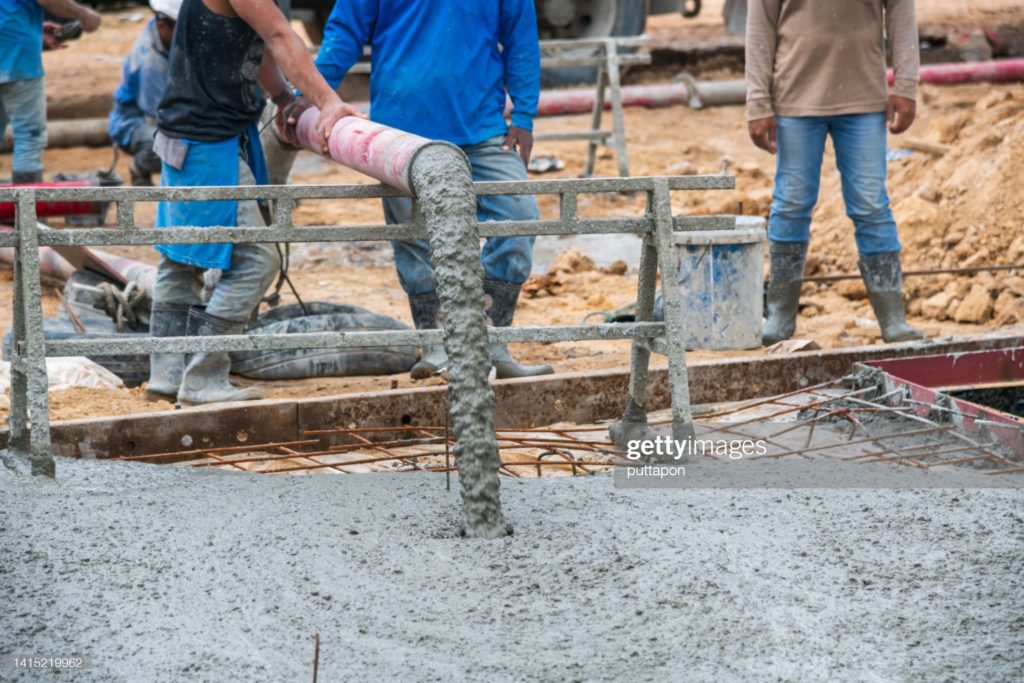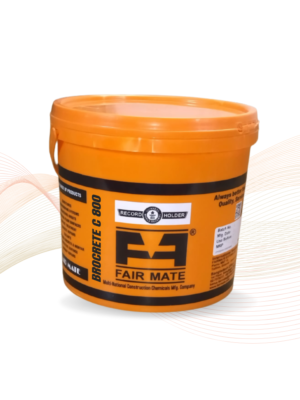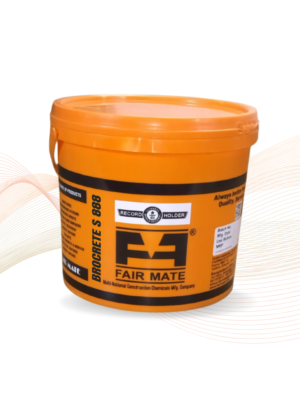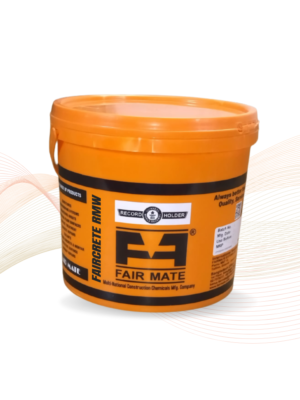Best Concrete Admixtures In Bangladesh 2023

Concrete admixtures play a crucial role in improving the long-term durability, performance, and appearance of concrete surfaces. With a wide range of protection and repair solutions available, these products work together to ensure that your concrete floors and structures are safe, resilient, and easy to maintain. This comprehensive guide will explore various types of concrete admixtures, their applications, and their benefits in the construction industry.
Types of Concrete Admixtures
1. Curing and Sealing Treatments
Curing and sealing treatments are essential for the proper hydration and protection of fresh concrete surfaces. These treatments help to control moisture loss, reduce surface cracking, and enhance the concrete’s overall strength and durability.
a. Water-based Curing Compounds
Water-based curing compounds are eco-friendly and easy to apply, offering excellent moisture retention for newly placed concrete. These compounds provide a protective barrier against water evaporation and help to maintain the concrete’s optimal curing conditions.
b. Solvent-based Curing Compounds
Solvent-based curing compounds create a durable, impermeable film on the surface of the concrete, helping to prevent moisture loss and ensure a strong, long-lasting finish. These compounds are ideal for use on industrial floors and heavy traffic areas where abrasion resistance and chemical resistance are crucial.
2. Floor Hardeners and Densifiers
Floor hardeners and densifiers are essential for improving the compressive strength, abrasion resistance, and overall performance of concrete floors. These products are commonly used in commercial and industrial settings where heavy traffic and wear are expected.
a. Dry Shake Hardeners
Dry shake hardeners are applied to the surface of fresh concrete during the finishing process. These products consist of a blend of cement, aggregates, and admixtures, which work together to increase the concrete’s surface density and enhance its wear resistance.
b. Liquid Densifiers
Liquid densifiers are applied to existing concrete surfaces to improve their hardness and durability. These products penetrate the concrete’s pore structure, reacting with the calcium hydroxide to form a dense, impermeable surface layer that is resistant to abrasion and chemical attack.
3. Polished Concrete Systems
Polished concrete systems are a popular choice for creating aesthetically pleasing, low-maintenance floors in commercial and residential settings. These systems utilize a series of grinding, honing, and polishing steps to achieve a smooth, glossy finish that is both durable and environmentally friendly.
a. Grinding and Honing
The grinding and honing process involves using diamond abrasives to remove the concrete’s surface layer, exposing the underlying aggregate and creating a smooth, level surface. This process can be customized to achieve the desired level of gloss and aggregate exposure.
b. Polishing and Sealing
The polishing and sealing stage involves the application of a densifier and a series of finer-grit diamond abrasives to achieve a high-gloss, reflective finish. A protective sealer is then applied to enhance the concrete’s stain resistance and ensure a long-lasting, low-maintenance surface.
4. Stain Protection Products
Stain protection products are designed to safeguard concrete surfaces from the damaging effects of water, oil, and chemical spills. These products create a protective barrier that prevents the ingress of contaminants, making it easier to maintain the appearance and integrity of the concrete.
a. Penetrating Sealers
Penetrating sealers are applied to the surface of the concrete and work by penetrating the pores and forming a chemical bond with the substrate. These sealers provide excellent water and oil repellency, helping to prevent staining and maintain the concrete’s natural appearance.
b. Film-forming Sealers
Film-forming sealers create a protective coating on the surface of the concrete, offering enhanced stain and abrasion resistance. These sealers are available in a range of finishes, including gloss, matte, and satin, allowing for customization of the concrete’s appearance.
Application of Concrete Admixtures

1. Industrial Floors
Concrete admixtures are essential for the construction of durable and resilient industrial floors. Abrasion-resistant floor hardeners, high-performance curing compounds, and chemical-resistant sealers all work together to ensure that industrial floors can withstand heavy traffic, impact, and chemical exposure.
2. Transfer Station Tipping Floors
Transfer station tipping floors require an extremely durable, abrasion-resistant, and chemical-resistant surface to withstand the constant flow of waste and heavy machinery. Concrete admixtures such as EmeryTop 400 offers unparalleled performance in these demanding environments, providing the world’s toughest floor solution.
3. Commercial and Residential Floors
Polished concrete systems, such as FGS Permashine, provide a beautiful, durable, and environmentally-friendly flooring option for commercial and residential applications. With a one-time installation process and minimal ongoing maintenance requirements, polished concrete floors are an increasingly popular choice for architects, builders, and homeowners alike.
Installation Guidelines and Best Practices
Proper installation and application of concrete admixtures are critical for achieving the desired results. Specified guidelines and instructions for various products and applications, such as curing and sealing, epoxy grout, hardener installation, grouting, and seal hard installation, can be found in the manufacturer’s literature and should be followed closely to ensure optimal performance and longevity.
Conclusion
Concrete admixtures play a vital role in enhancing the performance, durability, and aesthetics of concrete surfaces in various applications. By selecting the appropriate products and following the recommended installation guidelines, it is possible to create safe, resilient, and easy-to-maintain concrete surfaces that stand the test of time.




